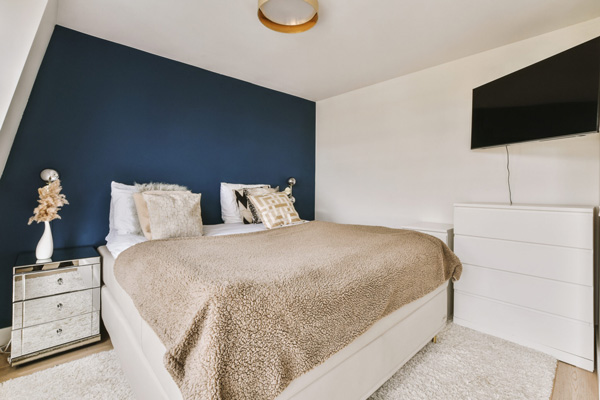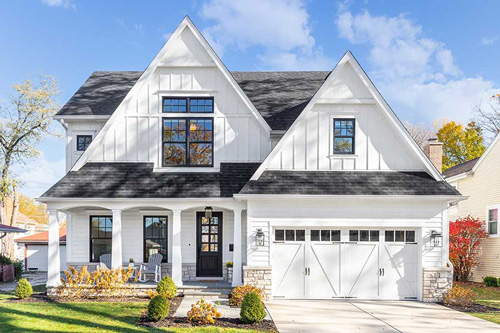In the symphony of interior design, accent walls are a secret weapon that will bring a room to life. Whether you’re a novice decorator or a seasoned pro, the magic of an accent wall lies in its ability to infuse personality and style into your living spaces. This beginner’s guide will take you by the hand and lead you through the dazzling realm of design, showing you how to select the perfect wall, choose the right colors, and add finishing touches that will leave you with a room that’s truly one of a kind.
Choosing the Right Wall
The first step in this decorative journey is identifying the star of the show—the accent wall. Not all walls are created equal; some naturally draw attention while others serve as background players. Consider walls with inherent focal points or architectural features. The wall behind the bed in a bedroom or the one opposite the entryway in a living room are often prime candidates. Think about the flow of the room and select a wall that, when highlighted, enhances the overall aesthetic.
Color Psychology
Colors have the power to influence mood and set the tone for a space. Choosing the right color for your accent wall is a crucial decision. Bold and vibrant colors inject energy and drama, making a statement in the room. Deep blues, rich reds, or warm oranges can create a cozy and inviting atmosphere. On the other hand, muted tones like soft greens, calming blues, or sophisticated grays can establish a serene and tranquil ambiance. Always test color samples in different lighting conditions to ensure the chosen hue resonates well throughout the day.
Textures and Patterns
While a single color can be impactful, textures and patterns add another layer of visual interest. Consider experimenting with textured wallpaper, reclaimed wood panels, or even creating a geometric paint design. The goal is to add depth and dimension to the accent wall, making it a dynamic focal point. However, it’s essential to strike a balance; patterns and textures should complement the existing decor and not compete for attention.
Focal Point Integration
An accent wall serves as a natural focal point, directing attention to a specific area or feature within the room. Strategically choosing the wall around a fireplace, a gallery of artwork, or a statement piece of furniture can enhance the overall design and create a cohesive look. The accent wall becomes a canvas that frames and highlights the room’s defining elements.
Balance and Harmony
While the accent wall is designed to stand out, achieving a sense of balance and harmony is crucial. The chosen color, texture, or pattern should complement the other walls and elements in the room rather than overpowering them. Moderation is key; too many bold patterns or colors can lead to visual chaos. The accent wall should be a harmonious addition, enhancing the overall aesthetic without overshadowing the room’s balance.
DIY vs. Professional Help
Creating an accent wall can be a rewarding DIY project, especially for those with a penchant for painting and basic carpentry. However, for more intricate designs, complex patterns, or specialized materials, seeking professional help may be the wisest choice. Professional painters or wallpaper installers bring expertise and precision to the project, ensuring a polished and flawless finish that elevates the entire room.
Upgrade Your Home with an Accent Wall
In the grand tapestry of interior design, accent walls are the brushstrokes that add depth, personality, and flair. This comprehensive guide empowers beginners to embark on a creative journey, transforming a room into a masterpiece with a carefully curated accent wall. Whether opting for a bold color or an intricate texture, let your imagination guide you, and witness how an accent wall becomes the centerpiece that captivates and complements your living space. As you embark on this design adventure, remember that the beauty of an accent wall lies not just in its visual impact, but in the unique story it tells about you and your home. Embrace the creativity of accent walls for beauty and lasting impact. Your space becomes a work of art. Contact Revel Painting for top-notch residential and commercial painting services at 612-345-9136!



